Not the jostle of hurried travelers, the echo of voices pinging off crowded concourse walls or the quiet of an empty airport can break the trance of Bernard Langlais’ “Playing Bears.”
They sit on their rumps, a pair of 7-foot wooden bears facing one another with their arms and claws extended. It’s easy to imagine a ball bouncing between them. Their gaping maws and bright white teeth suggest joy and not a bit of malice.
They occupy an open lower-level hallway at the Portland International Jetport. The sculpture is among 10 Langlais pieces that have come to the city as a gift from Colby College and the Kohler Foundation, which manages the late artist’s Cushing estate.
The Portland Public Art Committee wants people to know about the gift and the history of the pieces, which represent some of the best of Langlais’ output after he returned to his native Maine from New York.
“We just want to say, ‘Ta-da!’ ” art committee chair Lin Lisberger said.
Langlais was born in Old Town in 1921, and spent his last two decades on a midcoast farm, where he made larger-than-life sculptures from discarded, rough wood. He died in 1977.
In 2010, his widow, Helen, left the rambling estate and 3,000 works to the Colby College Museum of Art. Colby worked with Kohler to document, conserve and distribute work to more than 50 museums, schools, libraries and parks. This summer, Colby opened a Langlais retrospective exhibition, consisting mostly of pieces from the estate. It also launched the Langlais Art Trail, which promotes his work around Maine.
In addition to the bears at the jetport, Portland is now home to a standing bear at Ocean Gateway, a wall-mounted elephant in the children’s section of the downtown library, and a trio of acrobatic dogs on a library landing. A two-sided lion’s head was hung last week at the Peaks Island branch library.
Portland, Deering and Casco Bay high schools have a total of eight birdhouse heads – playful human faces sculpted and mounted like birdhouses. The Burbank branch library has an abstract relief, yet to be installed.
“They make you smile,” library director Steve Podgajny said.
Former public art committee chair Jack Soley suggested the project for the art committee when he was its chairman. He knew that Langlais’ art was being distributed around Maine and wanted to make sure Portland took advantage of the opportunity to add to its collection. Langlais is a well-regarded artist, whose work is accessible to a range of viewers, especially kids, he said.
The Kohler Foundation conserved the pieces and stipulated that they be displayed indoors. Langlais made much of his work with the intent that it be shown outdoors and left to the elements.
The art came to Portland as a gift. The art committee, a volunteer group appointed by the Portland planning department and funded by the city, paid for its installation, Lisberger said. It’s a perfect complement to the other work in the public art collection, she said.
“We have monuments. We have statues. We have a lot of contemporary art. And now we have our Langlais.”
Here’s a look at Langlais in Portland:
“Playing Bears,” Portland International Jetport
The bears divide the sea of travelers between the new terminal and baggage claim. They sit facing each other, smiling and seemingly oblivious to the world around them. Their friendship is apparent in their good nature.
For out-of-town travelers, Langlais’ bears offer a hearty Maine welcome, like the L.L. Bean boot or Bangor’s Paul Bunyan. For those to whom Maine is a final destination, the bears are a welcome home.
This piece was originally placed at the downtown library but was too large for a constricted space.
“Standing Bear,” Ocean Gateway
There isn’t much by which to compare Langlais’ “Standing Bear” with Franklin Simmons’ Longfellow monument in Portland’s West End. They’re far away from each other, forming bookends to the city’s public art collection. Longfellow is stately and scholarly in his robes and chair. The 8-foot bear is humble and hewn. But they share an appreciation for the season. Like Longfellow, our bear is dressed for winter with a scarf and mittens. Gifts are arrayed at his paws, courtesy of the folks who run the Polar Express, which boards nearby. Lisberger showed up one day with winter garb for the friendly bear. “But when we got here, he was already scarved and mittened,” she said.
South Portland artist Andy Rosen, who made the bear “David” from discarded wood and asphalt shingles at the Community Recycling Center in Scarborough in 2013, won a grant to build wolves and a dog on the old pier pilings just past Ocean Gateway. He has long admired Langlais. “The thing that resonates most for me with his work is its disarming nature. At first blush one sees an animal or a bunch of wood glued together. Yet upon closer inspection he was totally riffing on modernist art ideas and their overlapping sensibilities with folk-yard art of rural Maine,” Rosen said. “Most significantly, much of his work is unabashedly playful, a trait in the art world that seems to be in short supply.”
“Elephant,” Portland Public Library
This wall-hanging is mounted where children gather for story hour. The elephant’s trunk reaches to the ground. He’s weathered and gray, his skin pocked with nail holes and decay.
Public art committee member Alison Hildreth lobbied for the elephant. “She just loved it and wanted this piece for Portland,” Lisberger said. “Whoever thought about an elephant in Portland, Maine?”
“Acrobatic Dogs,” Portland Public Library
These guys make Lisberger laugh. On his back, one dog balances a ladder. Atop the ladder are two dogs, doing balancing tricks. They are unlikely, out of character and “just so foolishly fun,” Lisberger said. The dogs stand at the top of the landing to the second-floor reading room. The current display, behind a fabric barrier, will be improved, Podgajny said.
“Birdhouse Heads,” Portland, Deering and Casco Bay high schools
Langlais made human heads to resemble birdhouses, often adorning his forms with glasses, hats and cartoon faces. The art committee placed three heads at Casco Bay and Portland. Deering got two.
Lisberger hopes the schools adopt the birdhouse heads as part of the school culture. “I want the kids to love them,” she said. “I want the kids to give them a sense of protection and to look out for them.”
Art teachers will use the birdhouses to teach sculpture and Maine art history.
“Lion’s Head,” Peaks Island Branch library
Langlais made many two-side heads and often used them as self portraits. This lion’s head faces toward the city from Peaks, suggesting that Langlais is looking back toward Portland.
“Abstract Relief,” Burbank Branch library
Before he returned to Maine from New York, Langlais began experimenting with scraps that he collected from urban lumberyards. Wood reliefs supplanted painting as his primary interest. When he moved back to Maine, his wood sculptures took on grand scale and scope.
This piece will be installed after the Burbank Branch is renovated.
Copy the Story Link
Send questions/comments to the editors.


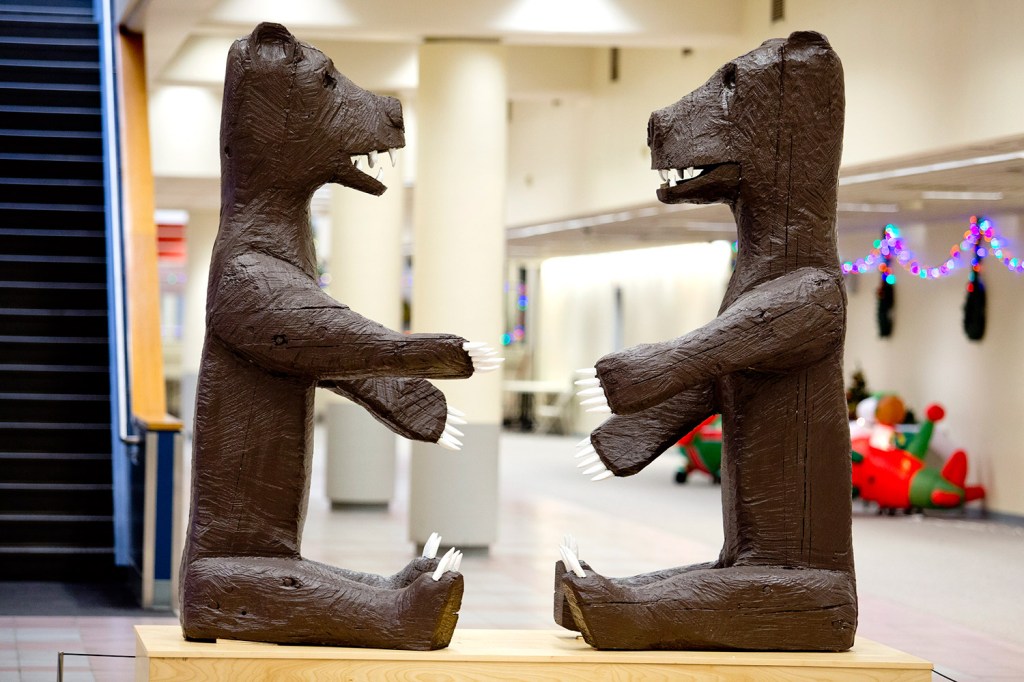
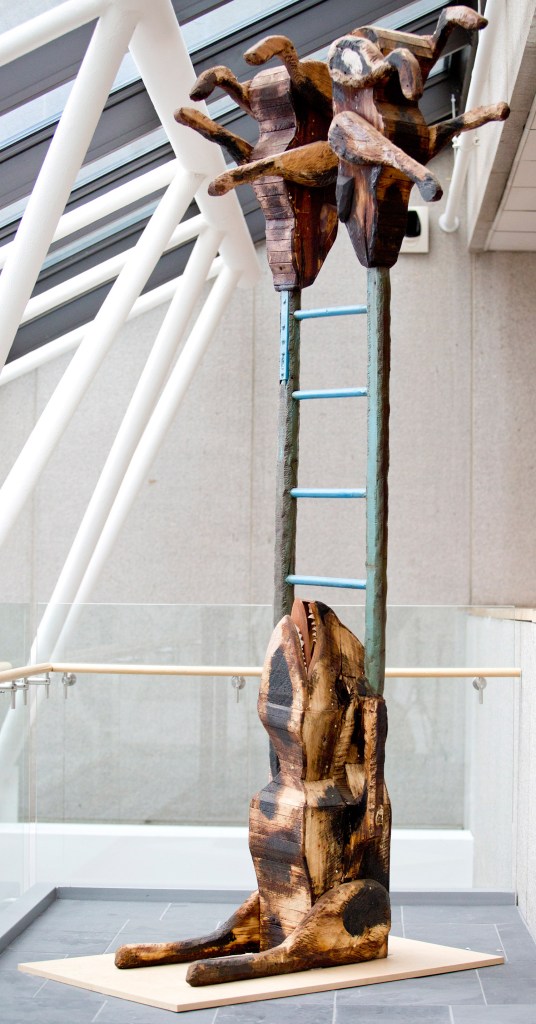
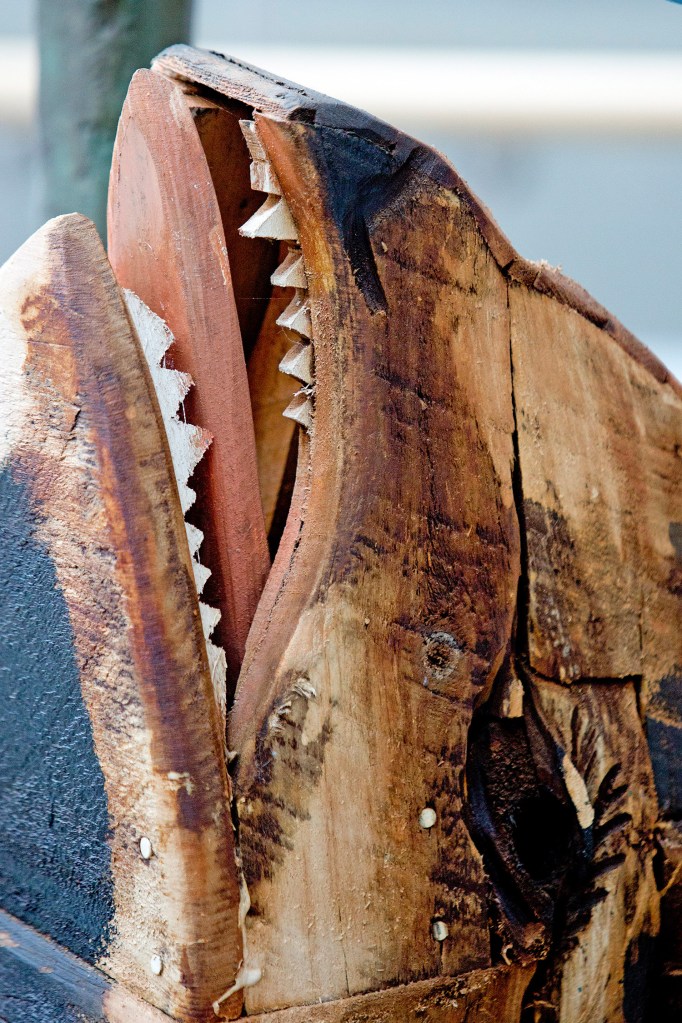
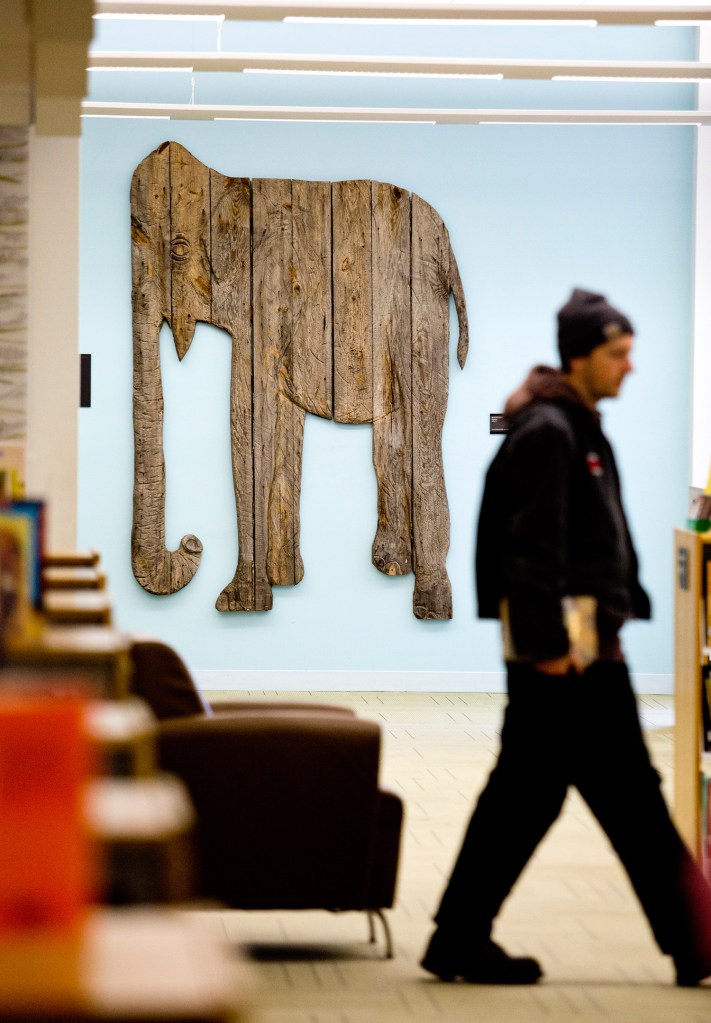
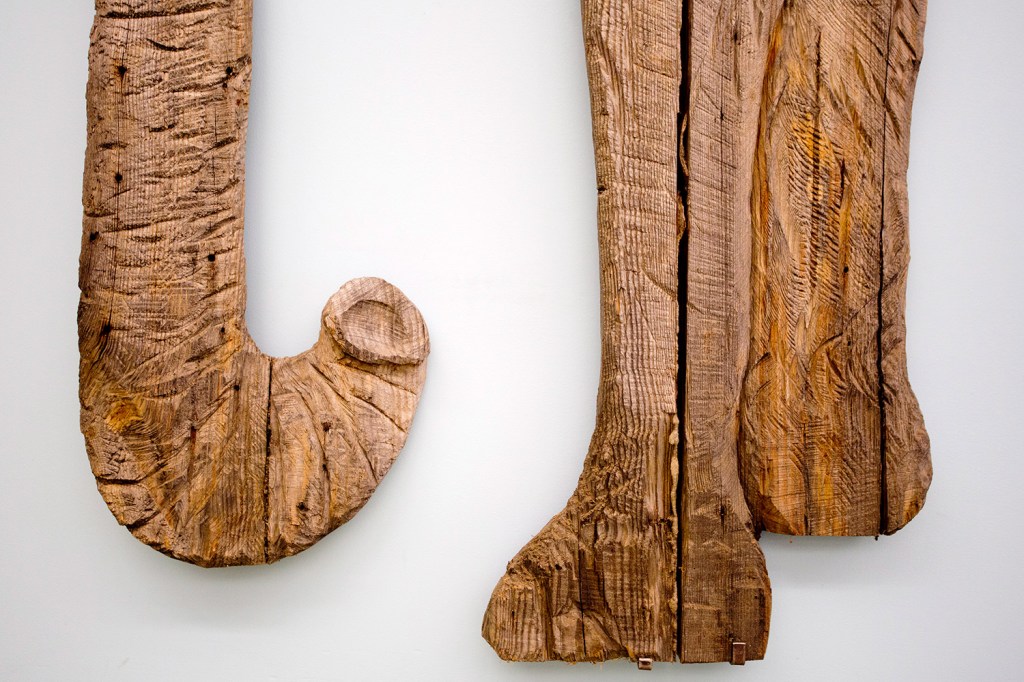
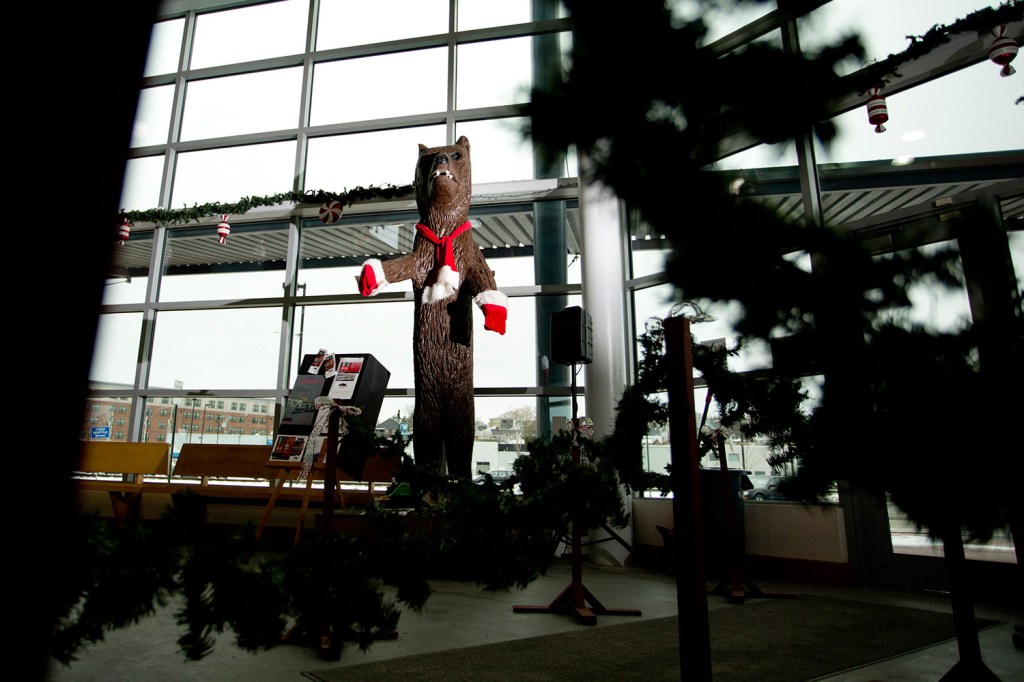
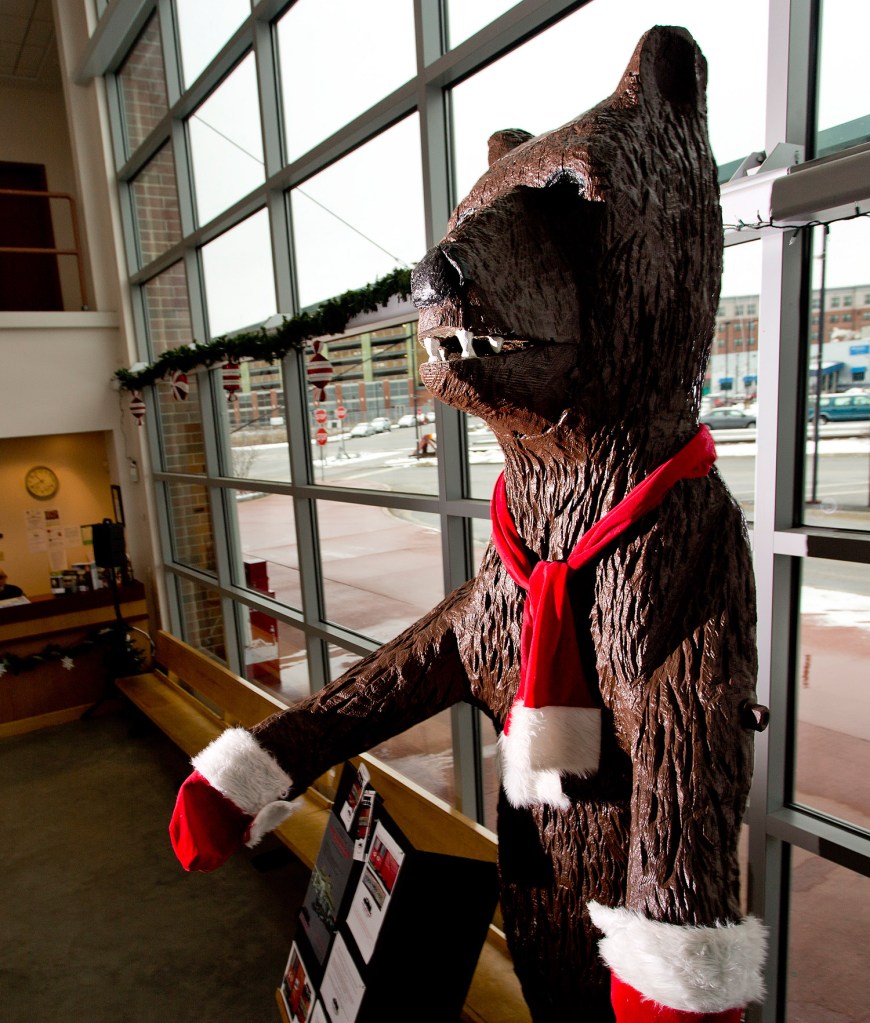
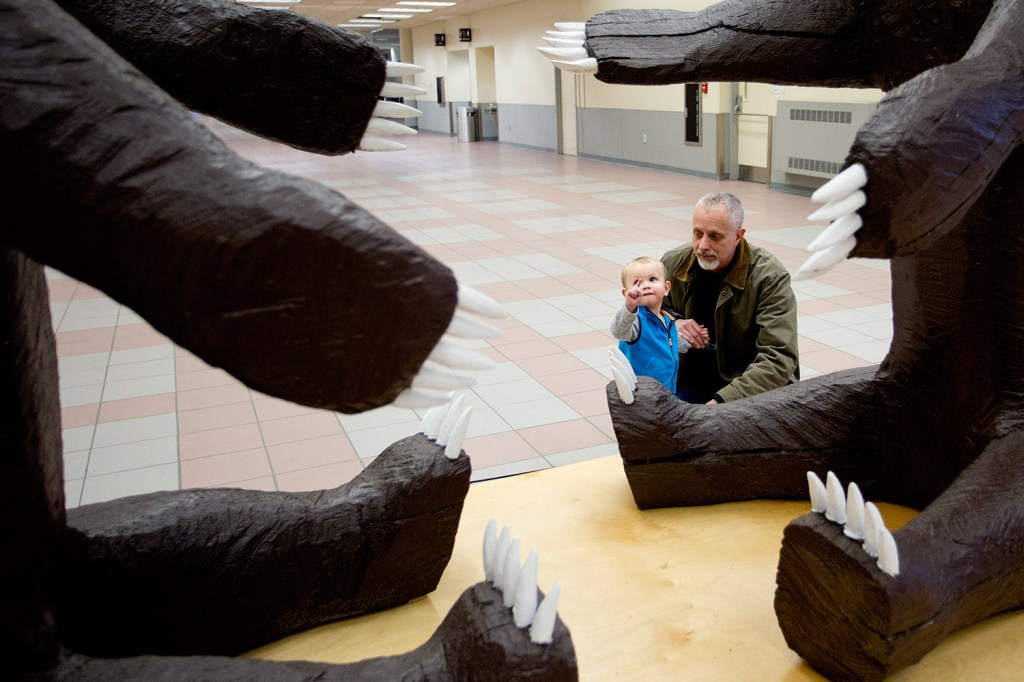
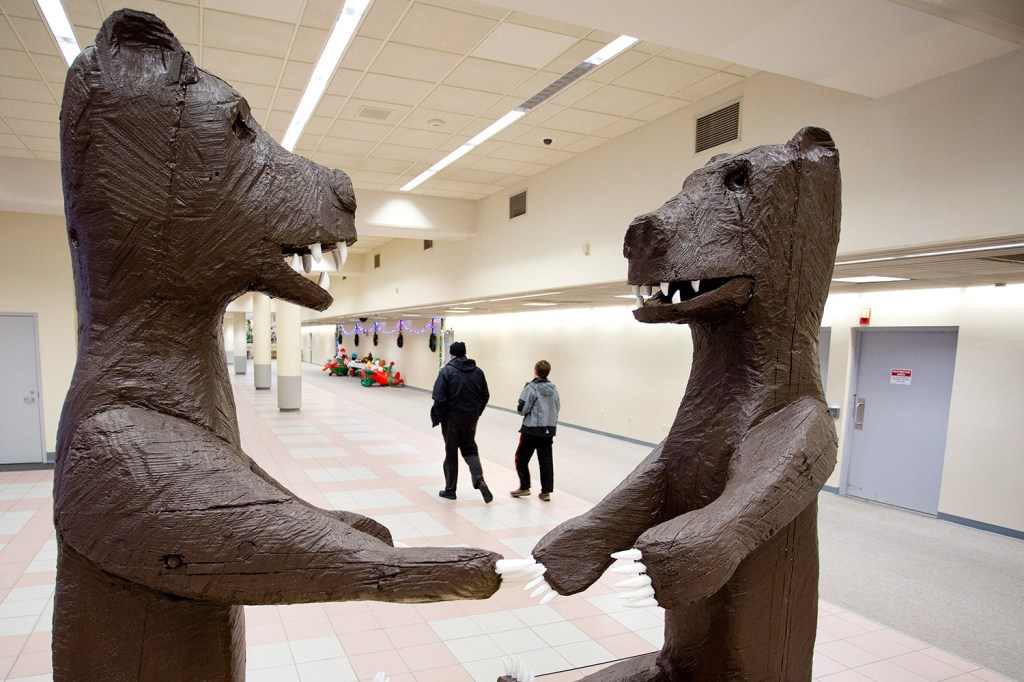
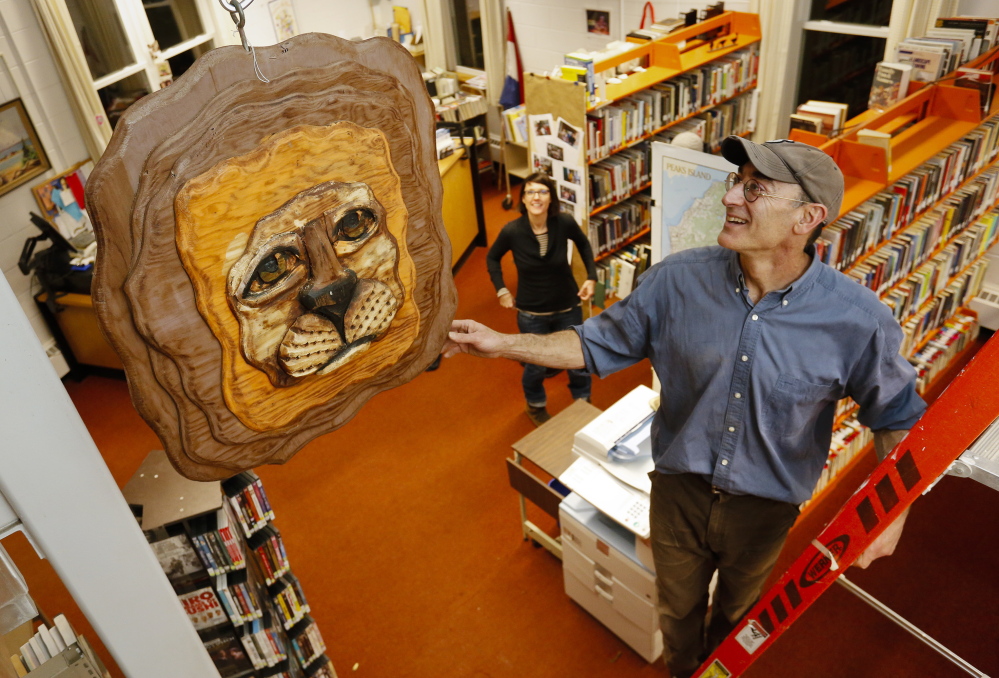
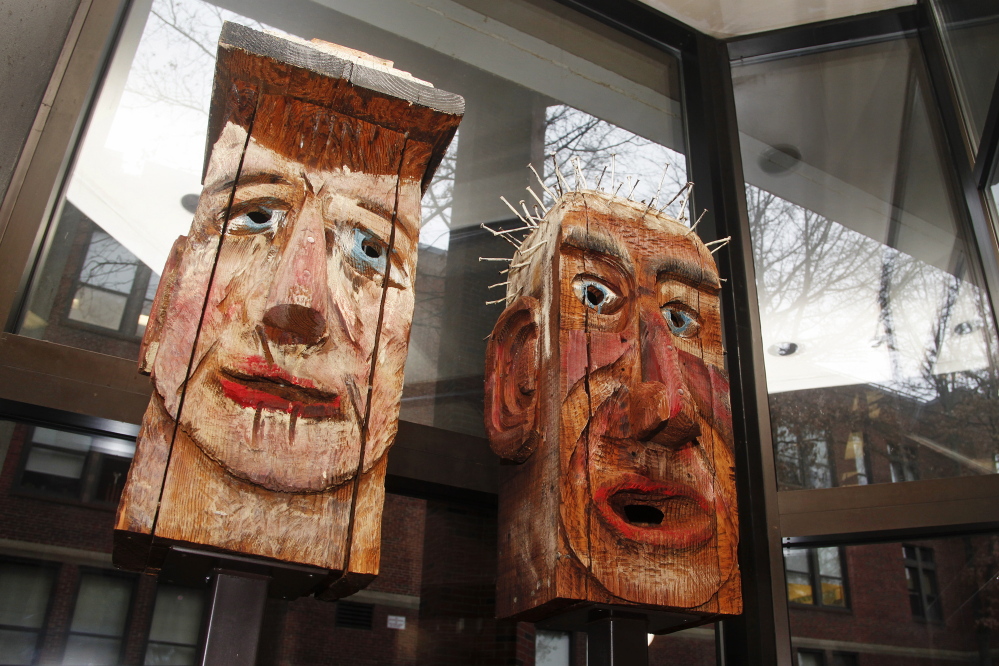

Success. Please wait for the page to reload. If the page does not reload within 5 seconds, please refresh the page.
Enter your email and password to access comments.
Hi, to comment on stories you must . This profile is in addition to your subscription and website login.
Already have a commenting profile? .
Invalid username/password.
Please check your email to confirm and complete your registration.
Only subscribers are eligible to post comments. Please subscribe or login first for digital access. Here’s why.
Use the form below to reset your password. When you've submitted your account email, we will send an email with a reset code.